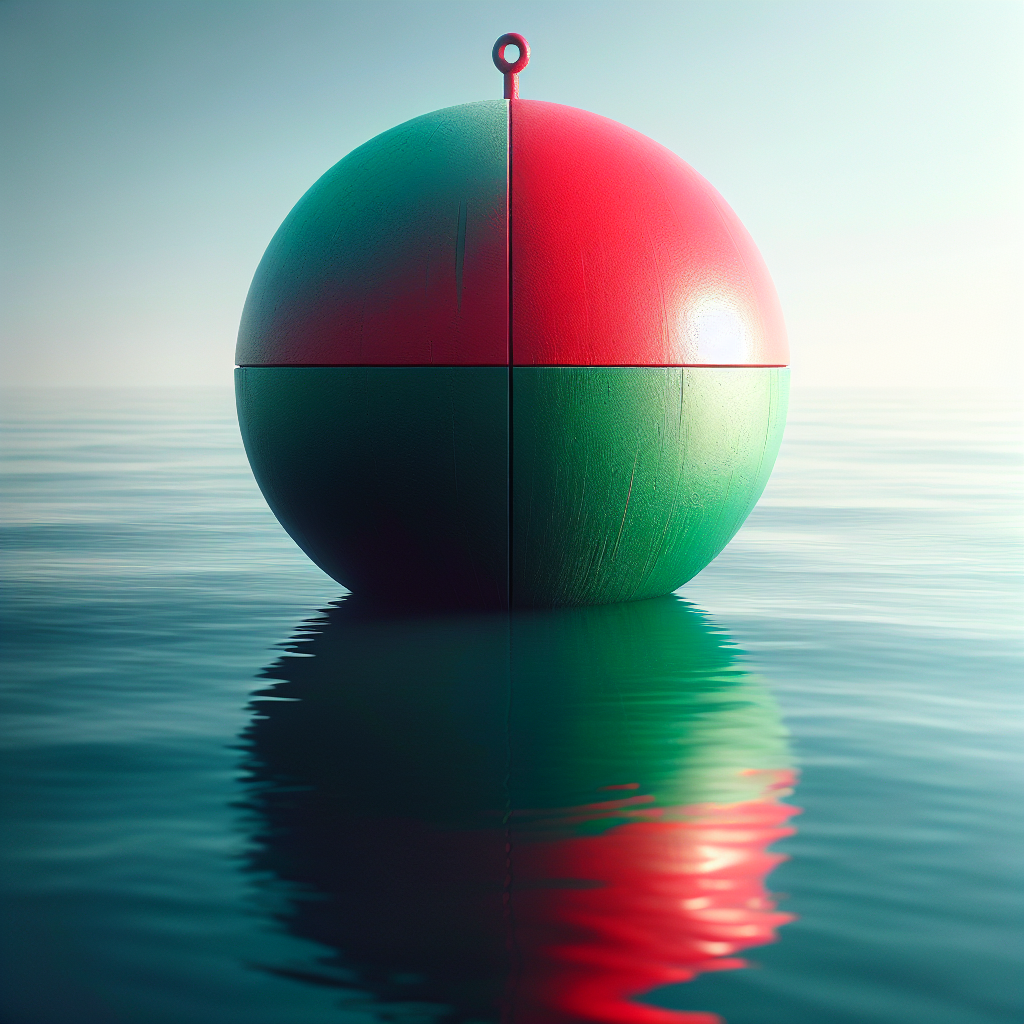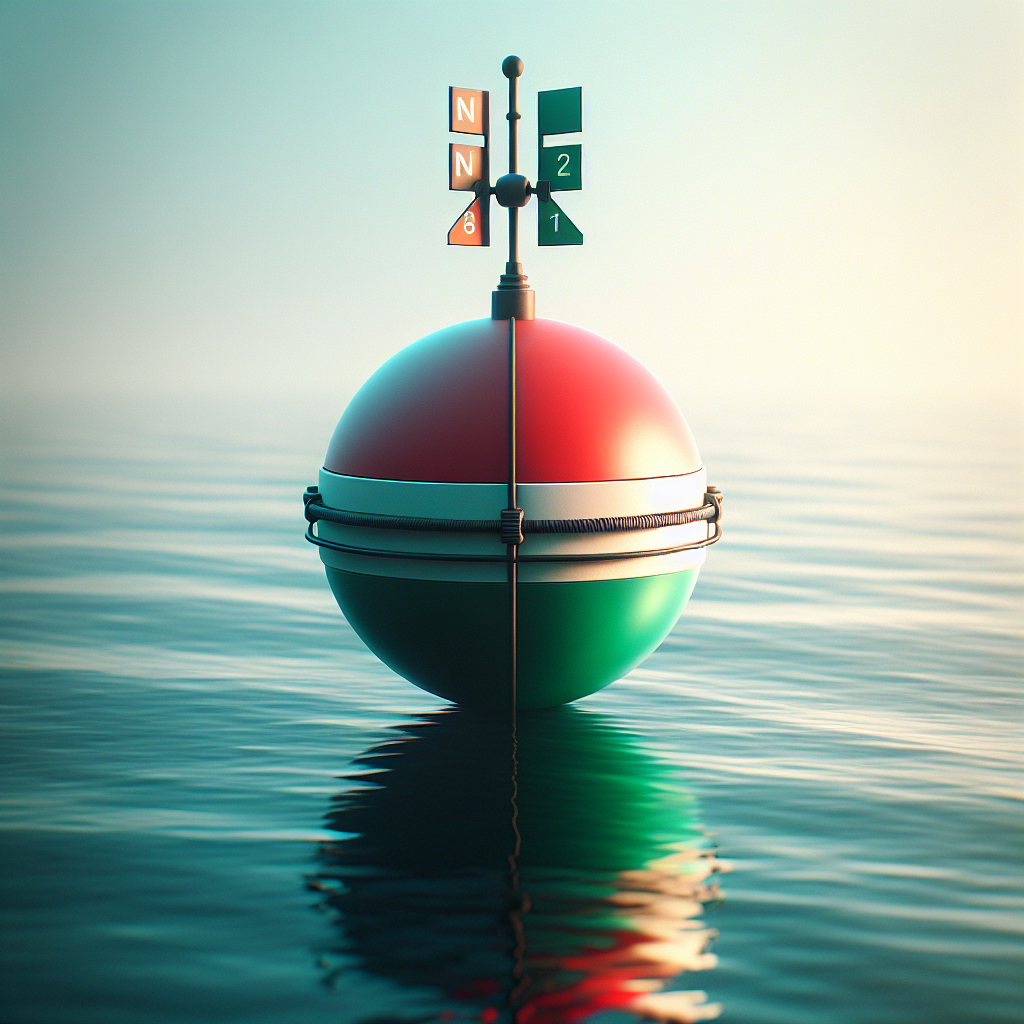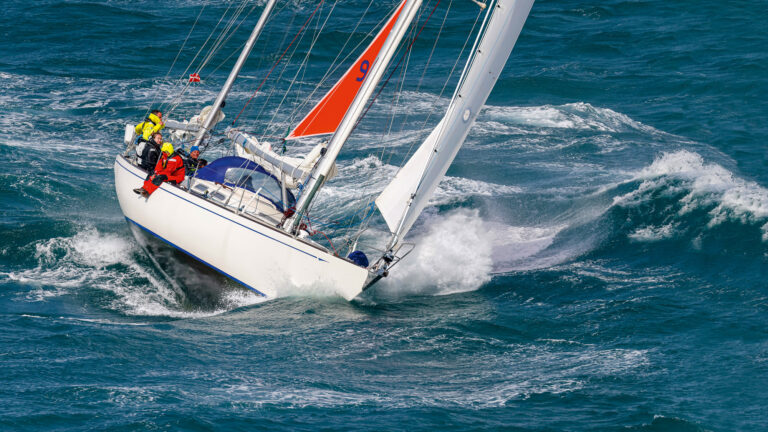What Does A Non Lateral Marker Indicate
So you’re out on the water, enjoying a day of boating when you come across a mysterious non-lateral marker. Wondering what it means? Look no further! In this article, we’ll explore the significance of non-lateral markers and what they indicate.
Whether you’re a seasoned sailor or a curious beginner, understanding these markers will keep you safe and informed during your aquatic adventures. Let’s dive in and uncover the secrets behind non-lateral markers!

Understanding Non Lateral Markers
Definition of Non-Lateral Markers
Non-lateral markers, also known as cardinal and isolated danger markers, are navigational aids used in marine navigation to indicate specific features and hazards in the water. Unlike lateral markers, which are used to mark the sides of a channel or route, non-lateral markers provide information about dangers and safe areas in relation to the watercraft’s position.
Significant Features of Non-Lateral Markers
Non-lateral markers play a crucial role in nautical navigation by guiding vessels and ensuring safe passage through various waterways. These markers are easily recognizable due to their distinct color, shape, number, and lighting characteristics. Understanding the purpose and significance of non-lateral markers is essential for mariners to navigate safely and avoid potential hazards.
Distinction Between Lateral and Non-Lateral Markers
Characteristics of Lateral Markers
Lateral markers are primarily used to indicate the sides of a channel or waterway, helping mariners maintain the correct course. They are typically placed in pairs, with each pair consisting of a red marker on the left side when facing upstream or towards deeper water, and a green marker on the right side. These markers aid in determining the port (left) and starboard (right) sides of the vessel.
How Non-Lateral Markers Differ
Non-lateral markers, on the other hand, are used to indicate specific features or hazards in the water, not necessarily related to a specific side of a channel. They provide crucial information about dangers such as rocks, wrecks, or shoals that mariners need to avoid.
Non-lateral markers are categorized into three types: isolated danger markers, safe water markers, and special markers, each serving a unique purpose and providing specific information to mariners.
Understanding Lateral and Non-Lateral Navigation System
The combination of lateral and non-lateral markers creates a comprehensive navigation system that enables mariners to traverse waterways safely. Lateral markers primarily indicate the boundaries of a channel, while non-lateral markers supplement this information by indicating hazards, safe areas, and points of reference.
Together, these markers form a network of visual cues that guide mariners along their intended routes.
Purpose of Non-Lateral Markers
Role of Non-Lateral Markers in Nautical Navigation
Non-lateral markers serve several crucial purposes in nautical navigation. They provide information about hazards, safe areas, and navigational channels that can be used to plan and execute routes.
These markers ensure the safety of vessels by alerting mariners to potential dangers and guiding them to safe passage. Non-lateral markers play a vital role in preventing accidents, ensuring efficient navigation, and enhancing overall safety on the water.
Safety Aspects Related to Non-Lateral Markers
The safety aspects related to non-lateral markers are paramount to the well-being of mariners and their vessels. By clearly indicating hazards and safe areas, these markers help mariners make informed decisions while navigating.
The correct recognition and interpretation of non-lateral markers significantly reduce the risk of grounding, collisions, or other navigational hazards. The consistency and adherence to international standards in the application of non-lateral markers further enhance safety at sea.
Types of Non-Lateral Markers
Isolated Danger Markers
Isolated danger markers are used to indicate hazards that may not be immediately apparent. These markers are placed on or near a danger or obstruction, such as a wreck or rock, and serve as a warning to mariners to keep a safe distance.
Isolated danger markers are typically colored with black and red vertical stripes, ensuring their recognition and differentiation from other markers.
Safe Water Markers
Safe water markers, also known as fairway buoys, indicate safe navigational channels and areas with no immediate dangers. These markers are often located at the entrance or exit of a channel and are colored with red and white vertical stripes. Safe water markers help mariners identify the correct route and ensure they stay within the designated safe area.
Special Markers
Special markers have various uses and provide specific navigational information to mariners. They can indicate areas of interest, points of reference, or mark boundaries of specific zones, such as speed limit areas or anchoring zones.
Special markers come in different shapes and colors, depending on their purpose, and help mariners navigate through complex or restricted areas safely.

Recognition and Interpretation of Non-Lateral Markers
Colors, Shapes, and Numbering of Non-Lateral Markers
Non-lateral markers have distinct colors, shapes, and numbering systems to aid their recognition and interpretation. The color combinations, such as black and red for isolated danger markers or red and white for safe water markers, provide a clear visual indication of their purpose.
The shapes of these markers, whether cylindrical, conical, or can-shaped, also contribute to their identification. Additionally, the numbering system is used to differentiate markers that are closely located or serve similar purposes, ensuring accurate interpretation by mariners.
Use of Lights on Non Lateral Markers
In addition to visual markings, non-lateral markers may also be equipped with lights to enhance visibility during nighttime or low visibility conditions. The lights are designed with specific characteristics, such as color, frequency of flashes, and range, to ensure the markers can be distinguished from other lights in the area.
Lighted non-lateral markers provide an additional navigational aid, allowing mariners to safely navigate even in challenging lighting conditions.
Top Marks on Non-Lateral Markers
Top marks, also known as daymarks, are symbols or shapes placed on top of non-lateral markers to provide further information or clarification. These distinctive symbols indicate the type, category, or specific characteristics of the marker.
For example, a cone-shaped top mark might indicate a safe water marker, while a diamond-shaped top mark might indicate an isolated danger marker. The use of top marks enhances the recognition and understanding of non-lateral markers by mariners.
Use of non-lateral markers Globally
Non-lateral markers in The International Association of Marine Aids to Navigation and Lighthouse Authorities (IALA) system
The International Association of Marine Aids to Navigation and Lighthouse Authorities (IALA) sets international standards for the use of non-lateral markers and other navigational aids. The IALA system ensures consistency in the application of these markers across different countries and regions, promoting safe and efficient navigation worldwide.
The system provides guidelines on marker colors, shapes, top marks, and usage, enabling mariners to navigate with confidence, regardless of their location.
Variations in Non-Lateral Marker Usage across Different Countries
While the IALA system provides comprehensive guidelines, there may still be variations in the usage of non-lateral markers among different countries. These variations can be influenced by local regulations, geographical features, or historical practices.
It is crucial for mariners to be aware of these variations when navigating in unfamiliar waters and to consult local charts and notices to mariners for specific information regarding the usage of non-lateral markers in a particular region.
Navigational Importance of Non-Lateral Markers
How Non-Lateral Markers Aid in Route Planning
Non-lateral markers play a vital role in route planning by providing essential information about hazards, safe areas, and navigational channels. Mariners can use this information to plot their course, ensure they stay within safe areas, and avoid potential dangers.
Without non-lateral markers, route planning would be significantly more challenging, and mariners would have a higher risk of grounding or colliding with obstructions.
Safety Measures Enforced Through Non-Lateral Markers
One of the primary purposes of non-lateral markers is to enforce safety measures in marine navigation. By clearly marking hazards, mariners are alerted to potential dangers and can take appropriate action to avoid them.
The presence of non-lateral markers promotes safe and responsible navigation, preventing accidents, and protecting both mariners and their vessels. It is essential for mariners to understand and adhere to the guidance provided by non-lateral markers to maintain a safe and efficient passage.
Case Studies of Using Non-Lateral Markers
Successful Navigations with Non-Lateral Markers
Numerous case studies highlight the successful use of non-lateral markers in aiding safe navigation. For example, in a busy harbor with multiple channels and hazards, non-lateral markers help vessels avoid collisions and navigate through the safest routes.
Similarly, in areas with submerged wrecks or rocks, non-lateral markers provide visual indicators that guide mariners away from potential dangers. These case studies emphasize the importance of non-lateral markers in ensuring successful navigation and preventing accidents.
Navigational Challenges Clarified by Non-Lateral Markers
Non-lateral markers also play a crucial role in clarifying navigational challenges and aiding mariners in overcoming them. In areas with strong tidal currents or shifting sandbars, non-lateral markers can indicate safe passages or the presence of restricted zones.
By providing clear visual references and information, non-lateral markers enhance situational awareness and allow mariners to navigate safely through challenging areas or adverse conditions.
Critiques of Non-Lateral Markers System
Possible Limitations of Non-Lateral Markers
While non-lateral markers are an effective navigational aid, there are some potential limitations to consider. In conditions of poor visibility, such as thick fog or heavy rain, non-lateral markers may be less visible or their lights may not be easily distinguishable.
Mariners should be aware of these limitations and take additional precautions, such as using radar or GPS, to ensure safe navigation even when relying on non-lateral markers.
Suggested Improvements to the Non-Lateral Navigation System
To address potential limitations and further enhance safety, ongoing efforts are being made to improve the non-lateral navigation system. The development of advanced lighting technology, such as LED lights, can improve the visibility and reliability of non-lateral markers in various weather conditions.
Additionally, the integration of digital navigation systems and augmented reality can provide mariners with real-time information and overlays of non-lateral markers, further improving navigation accuracy.
Future Trends in Non-Lateral Markers
Technological Advancements in Non-Lateral Markers
As technology continues to advance, non-lateral markers are expected to benefit from various innovations. The use of solar power and energy-efficient lighting systems can contribute to the sustainability and reliability of non-lateral markers.
Furthermore, the integration of digital sensors and communication systems may enable real-time monitoring and reporting of non-lateral markers’ conditions, ensuring prompt maintenance and enhancing their effectiveness in guiding mariners.
Impact of GPS and Satellite Navigation on Non-Lateral Markers
The advent of GPS and satellite navigation systems has revolutionized marine navigation. While these systems provide accurate positioning information, they should not replace the importance of non-lateral markers.
Non-lateral markers continue to serve as vital visual aids and warning signs, especially in areas where electronic systems may be prone to errors or disruption. The combination of GPS technology and non-lateral markers can provide mariners with a comprehensive and reliable navigation solution.
In conclusion, non-lateral markers are a crucial component of nautical navigation, serving to indicate hazards, safe areas, and other navigational information.
They play a significant role in ensuring the safety of vessels, guiding mariners through waterways, and preventing accidents. Through their distinctive colors, shapes, top marks, and lighting characteristics, non-lateral markers aid mariners in recognizing and interpreting their purpose.
The global adherence to the IALA system promotes consistency in the use of non-lateral markers, although some variations may exist among different countries. The usage of non-lateral markers assists mariners in route planning and enforcing safety measures.
They have proven successful in numerous case studies and help mitigate navigational challenges. While potential limitations exist, ongoing advancements in technology aim to improve non-lateral markers and enhance their effectiveness.
The future holds promising trends, where technological advancements and the integration of GPS systems will complement the role of non-lateral markers. Overall, understanding and utilizing non-lateral markers is essential for mariners to ensure safe and efficient navigation on the water.








